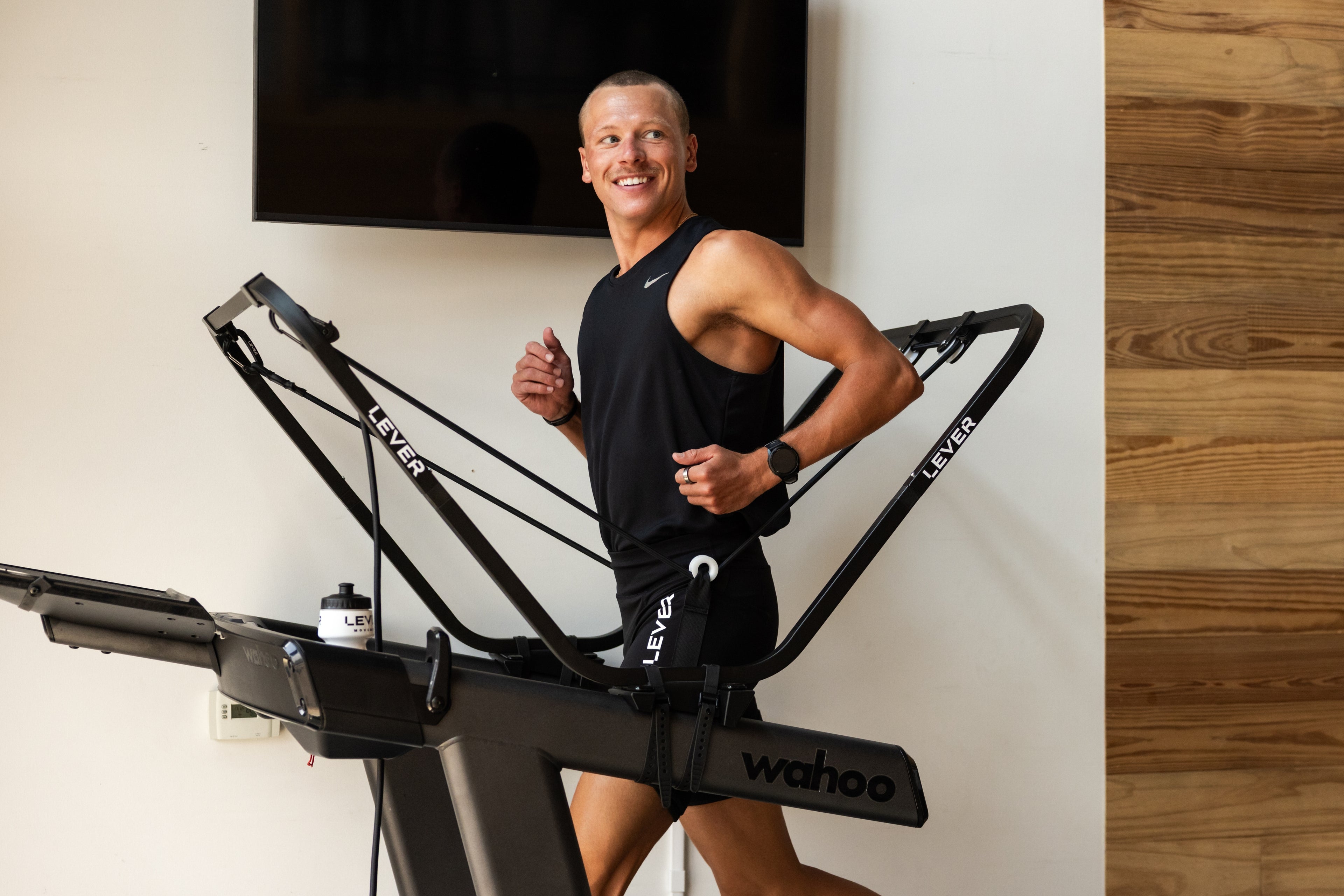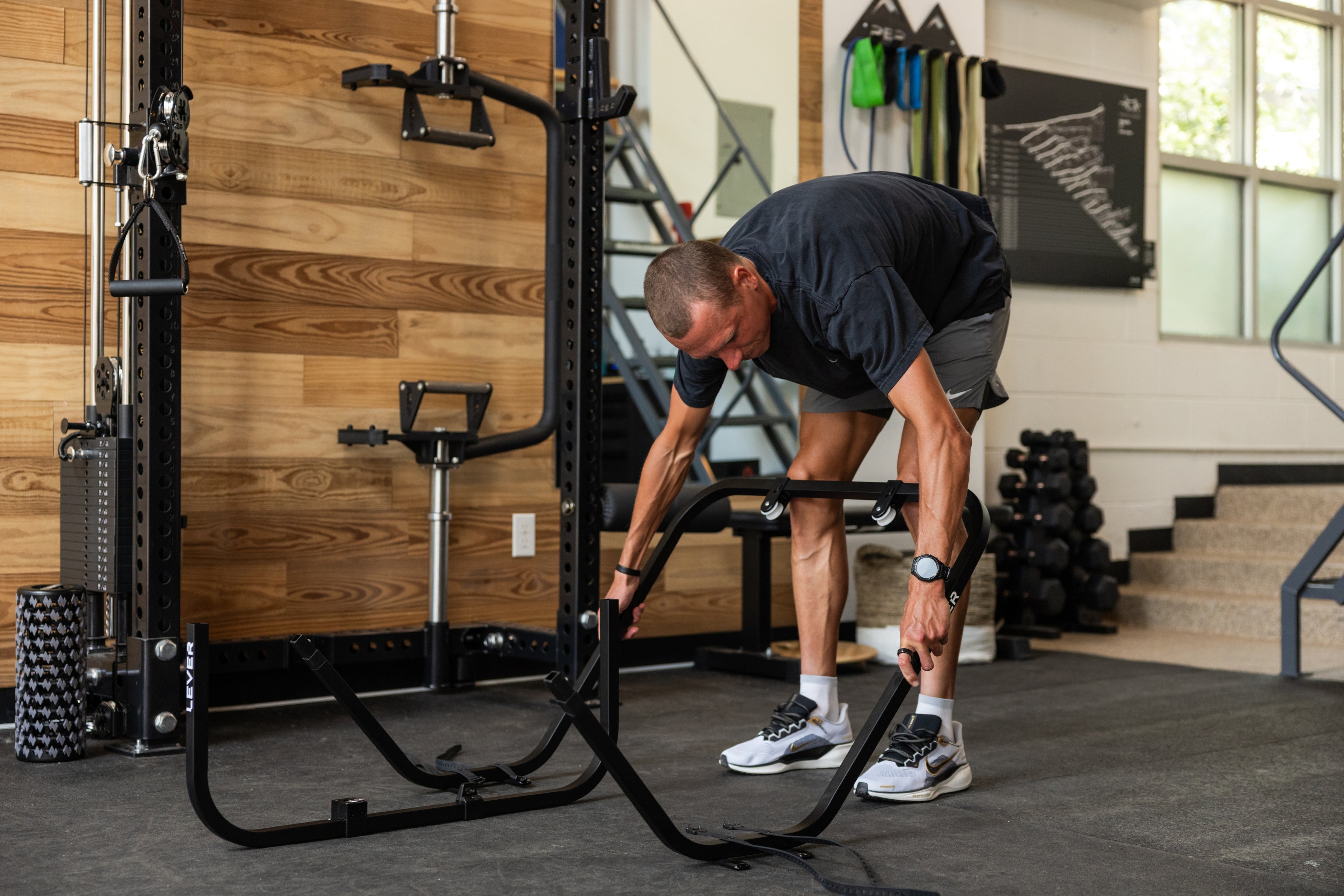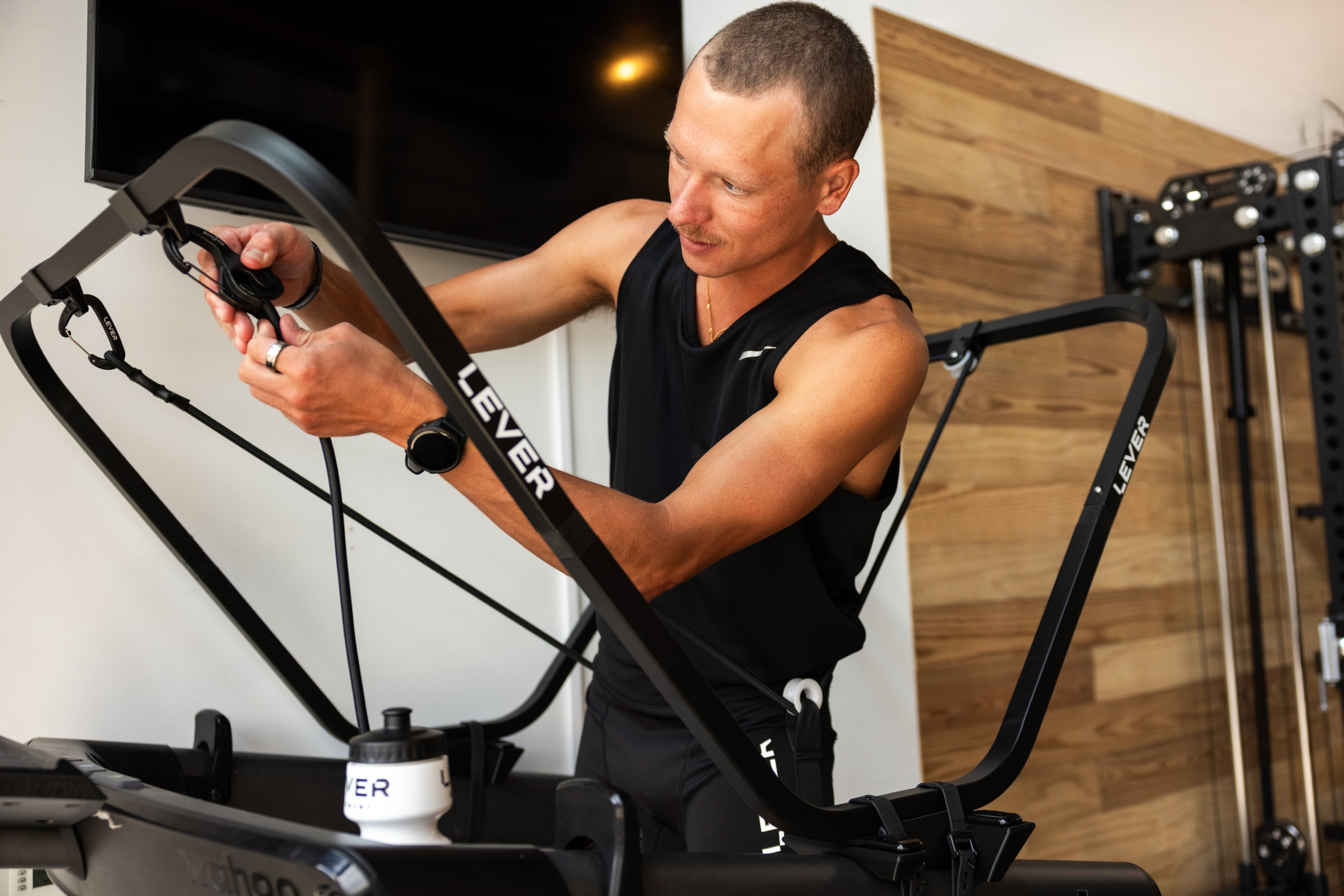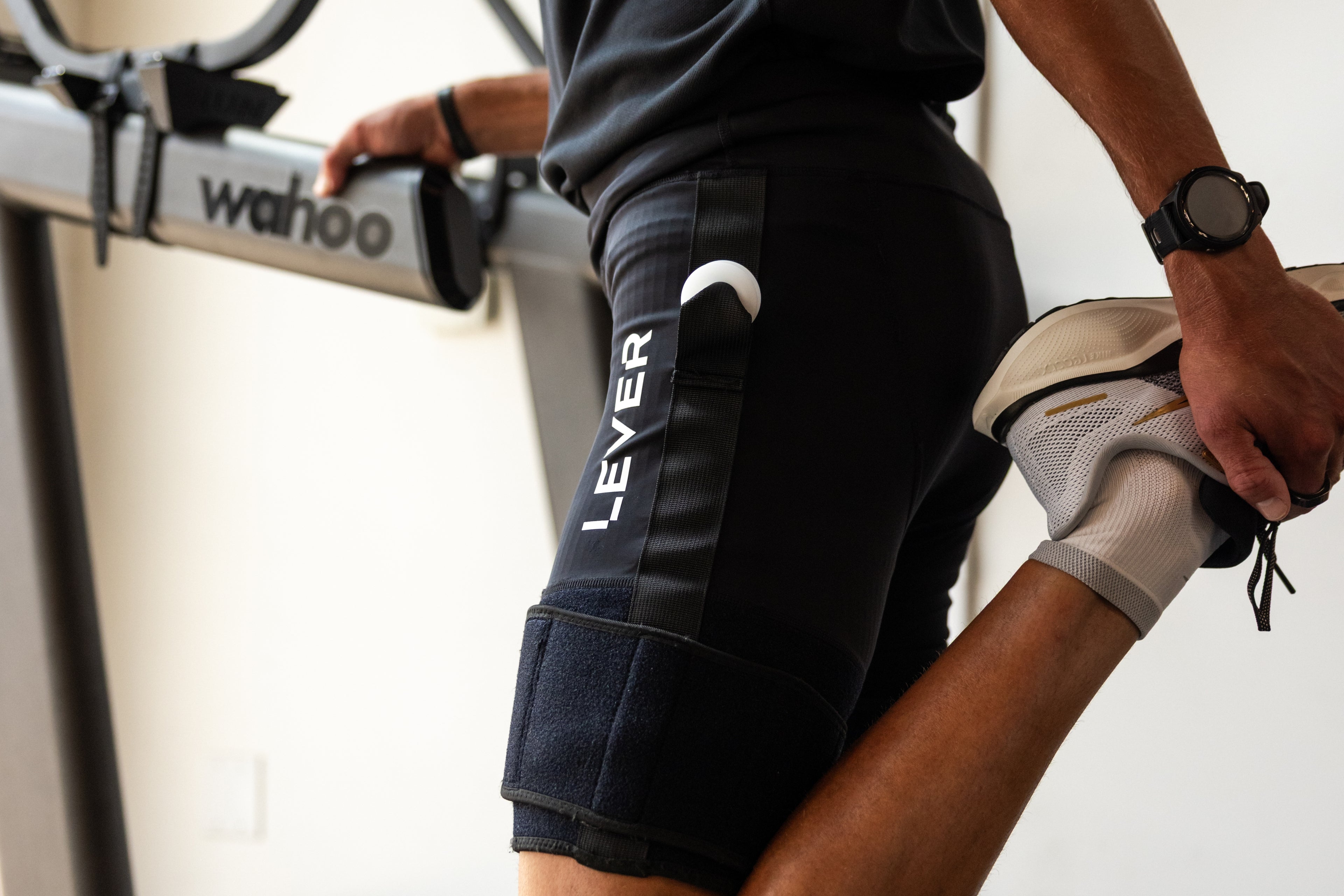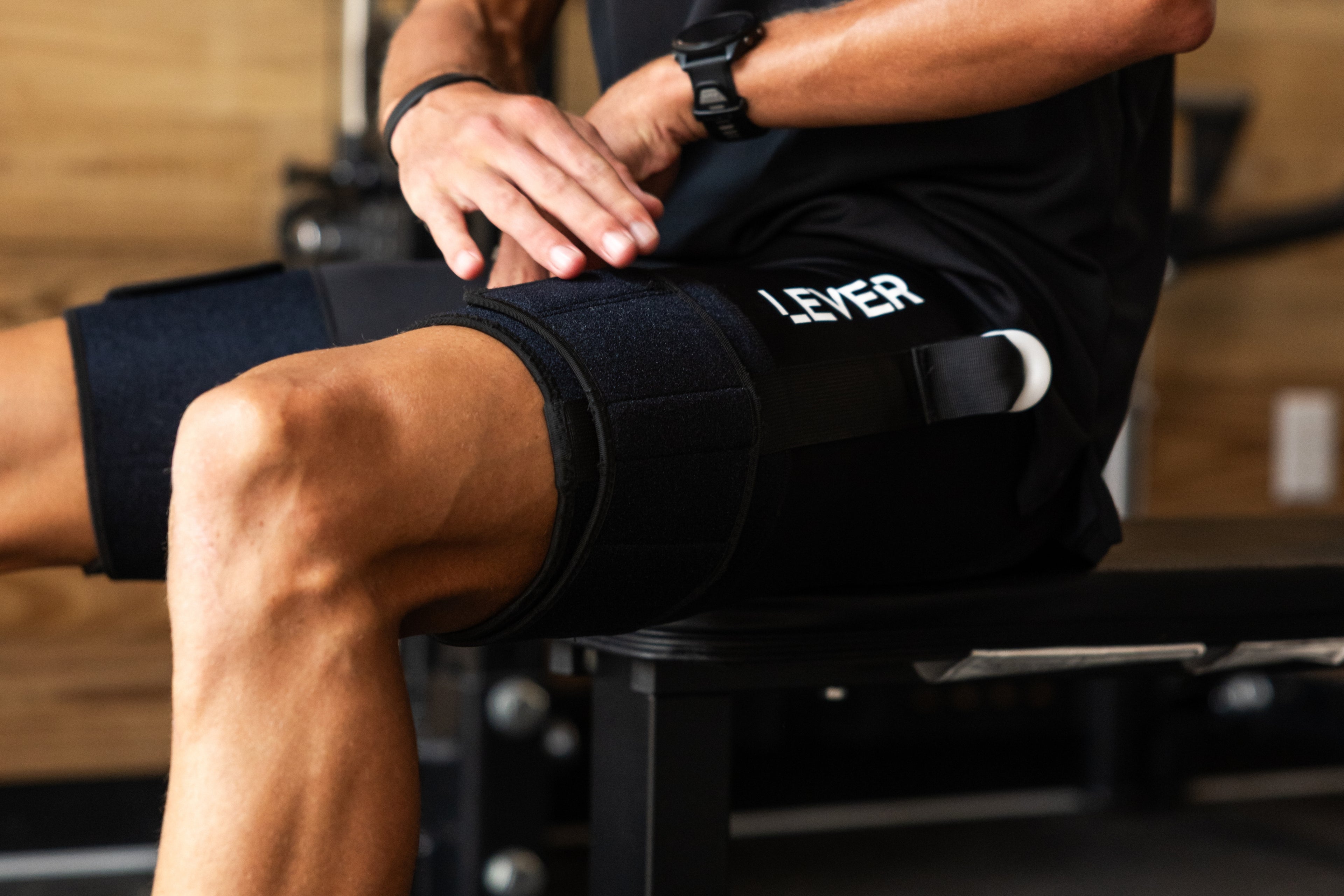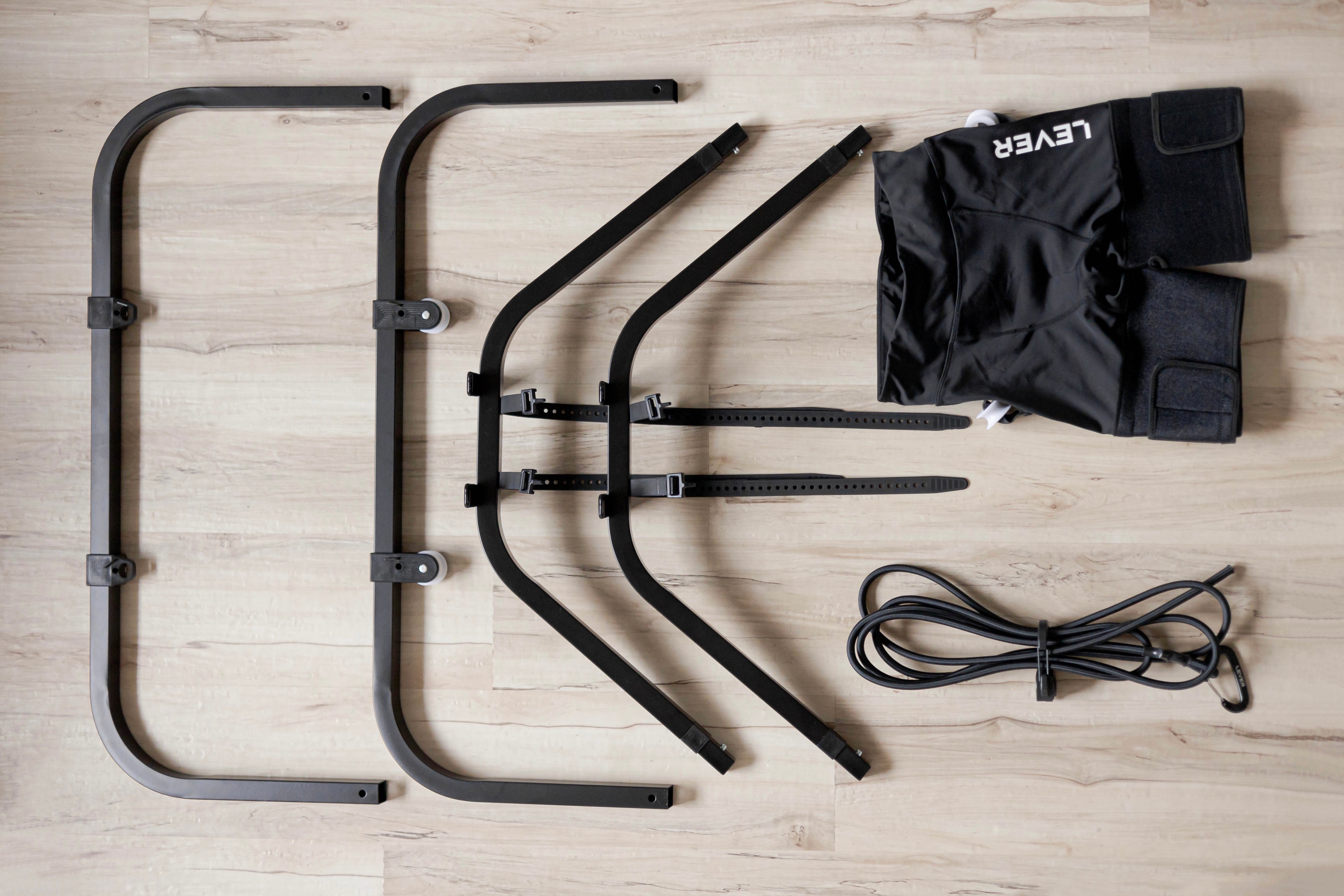Whether you’re a runner, triathlete, or endurance enthusiast, an Achilles injury can be a frustrating roadblock. As one of the most common overuse injuries in runners, Achilles tendinopathy affects 6–18% of athletes and is often the result of repetitive strain, poor load management, or sudden spikes in training volume.
So how do you keep training when your tendon needs time to heal? The answer lies in smart, load-modified rehabilitation and that’s where body weight support (BWS) systems like LEVER can make a real difference.
Understanding Achilles Tendinopathy
Achilles tendinopathy is a condition marked by pain, stiffness, and impaired function of the Achilles tendon, most often caused by repetitive overloading. There are two main types:
-
Insertional tendinopathy (near where the tendon attaches to the heel)
-
Mid-portion tendinopathy (2–6 cm above the heel)
Both involve tendon degeneration and require gradual, controlled loading for proper recovery not complete rest.
🧠 Key Insight:
Studies show that excessive rest can weaken the tendon, while appropriate loading can stimulate healing and tendon remodeling. (Silbernagel et al., 2007)
Why Load Management Matters
Tendon injuries don’t respond well to total inactivity. Instead, they heal best with a graded return to activity that progressively restores the tendon’s ability to handle stress.
But when every step during a run sends high-impact forces through your Achilles, traditional rehab options are limited. That’s where body weight support offers a breakthrough.

The Role of Body Weight Support in Recovery
LEVER allows athletes to reduce their effective body weight while running lowering ground reaction forces and minimizing strain on the Achilles tendon.
📚 What the Research Says:
-
Brazier et al. (2020) found that reducing body weight by just 10% can significantly reduce peak Achilles tendon force during running.
-
Farina et al. (2018) demonstrated that BWS systems help maintain aerobic capacity while reducing mechanical load.
-
Alfredson & Cook (2007) emphasized that managing load through modified training (rather than rest) is key for tendon healing and function restoration.
How to Use LEVER During Achilles Rehab
Whether you’re working with a physical therapist or managing your own return to sport, LEVER can help you:
🔹 Run with reduced impact
Offload up to 45 lbs of body weight to minimize tendon stress while maintaining neuromuscular activation.
🔹 Maintain aerobic conditioning
Stay consistent with your training even when full-body weight running isn’t possible.
🔹 Progress gradually
Adjust your support over time to reintroduce load as your tendon tolerates more force.
Sample Progression Strategy with LEVER
| Week | Body Weight % | Frequency | Focus |
|---|---|---|---|
| 1–2 | 70–75% | 2–3x/week | Short, pain-free runs |
| 3–4 | 80–85% | 3–4x/week | Begin intervals or tempo work |
| 5–6 | 90–95% | 4–5x/week | Build toward full return |
Note: Always adjust based on pain and guidance from your clinician.
Real Athletes, Real Comebacks
We’ve seen professional and recreational athletes use LEVER to return from Achilles injuries stronger than ever. By combining offloaded running with rehab exercises and smart training, they’ve reduced reinjury risk while staying in race shape.
Achilles injuries require patience, but that doesn’t mean you have to stop moving. With LEVER’s body weight support system, you can train smarter, protect your tendon, and return to full strength with confidence.
Your recovery doesn’t have to be a setback it can be a strategic comeback.











